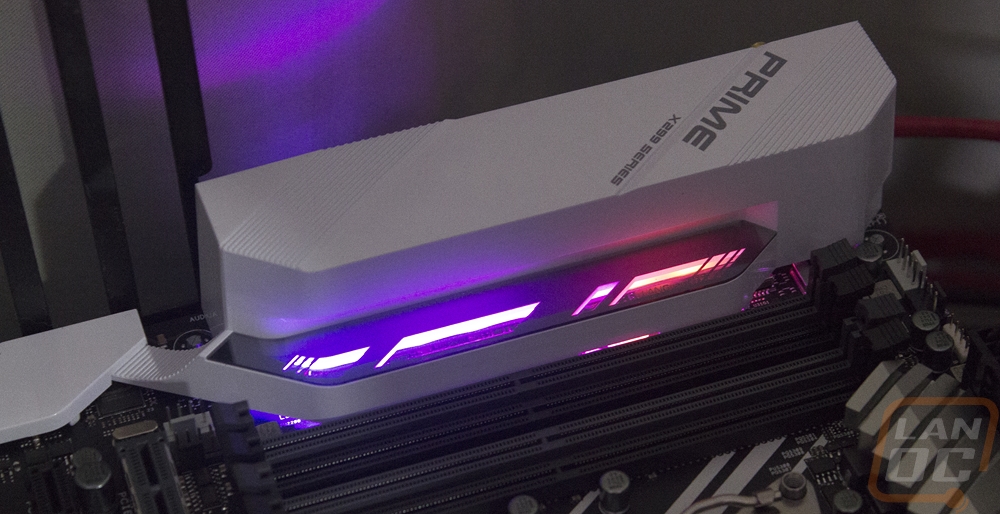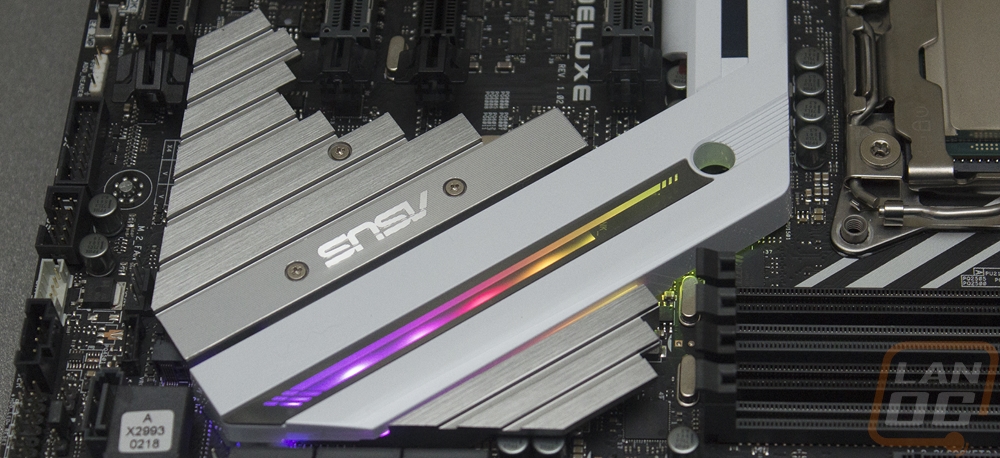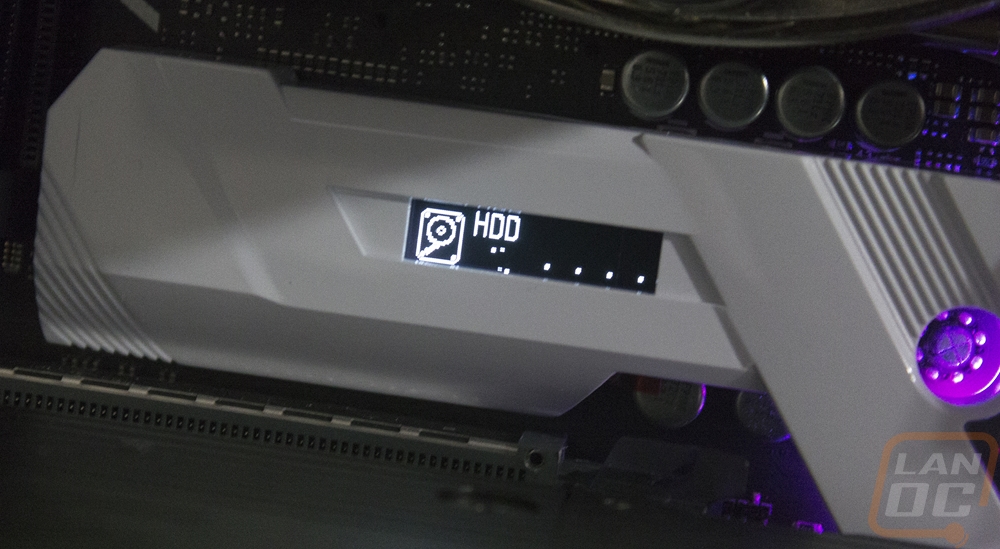Performance
For testing, most performance tests are really only good for verifying that there are no big issues but I did still hook up our GTX 1080 Ti and run through a few tests. If nothing else this helps give you an idea of performance expected with an i7-7900X and a GTX 1080 Ti. I tested in 3DMark as well as with two in game benchmarks for gaming performance. For overall benchmarks, I followed up with Passmarks Performance Test 9 with its overall score and the new PCMark 10 with a few different scores. Right now with this being the first board in the office there isn’t much to compare to though I will say the performance numbers in game look great.
The network tests were really the only big area of interest and even without another board to test against the X299 Deluxe had so many different connections itself that we can get a good idea of overall performance. There are two wired NICs and they were both Intel but the I211-AT performed a little better in our test. Then for Wireless AC, the performance was in line with what I’ve seen on Z270 and X370 boards. Sadly I couldn’t test the new WiGig Wireless AD as our access point didn’t support it at all. That said having WiGig AD support is huge, AC theoretically supports 1.3 Gbps and AD does 4.6 Gbps for comparison. Of course in the real world, those numbers are much lower, but there is a reason they call it WiGig.
|
3DMark |
||||
|
Motherboard |
Overall Score |
Graphics Score |
Physics Score |
|
|
Asus Prime X299 Deluxe |
19867 |
23755 |
24113 |
|
|
PCMark 10 Score |
||||
|
|
Overall Score |
Essentials |
Productivity |
Content Creation |
|
Asus Prime X299 Deluxe |
6475 |
9145 |
8486 |
9496 |
|
Passmark PerformanceTest 9.0 Overall Score |
||||
|
Asus Prime X299 Deluxe |
5924.0 |
|||
|
Tom Clancy’s Ghost Recon: Wildlands Average FPS |
||||
|
Asus Prime X299 Deluxe |
113.64 |
|||
|
Deus Ex: Mankind Divided Average FPS |
||||
|
Asus Prime X299 Deluxe |
94.3 |
|||
|
Average Network Speed |
||||
|
Asus Prime X299 Deluxe - Intel I219V NIC |
918.2 |
|||
|
Asus Prime X299 Deluxe - Intel I211-AT |
942.0 |
|||
|
Asus Prime X299 Deluxe – Wireless AC |
211.8 |
|||
Beyond the numbers, we also have features like the built in Asus Aura lighting. Typically I only run single color lighting that matches my build but I kind of dig the default colors of the Aura lighting. Both of the two arrays have individual LED controls so as you can see as they rotate through the colors more than one color shows at a time. There was lighting in the rear I/O cover and then again above the chipset cooler. When the lighting is turned off Asus used a two-way mirror finish so if you don’t want lighting at all you can go that route and keep the clean Prime look.


Then slipped in just above the top PCIe x16 slot was this small OLED screen. It caught me a little off-guard the first time I saw it but it ended up helping when getting our system up and running initially. You already have a standard LED debug readout at the bottom but this screen when booting will go through more detail, showing exactly what it booting up at the time. In the case of our photo, it was booting up the SSD. When I had issues getting things started it also showed the error code and when up and running it showed temps. You can also set it to show a logo or a PC name if you want. The location was questionable as the video card was really close to it, but I like the idea of the screen on a high-end board like this.



